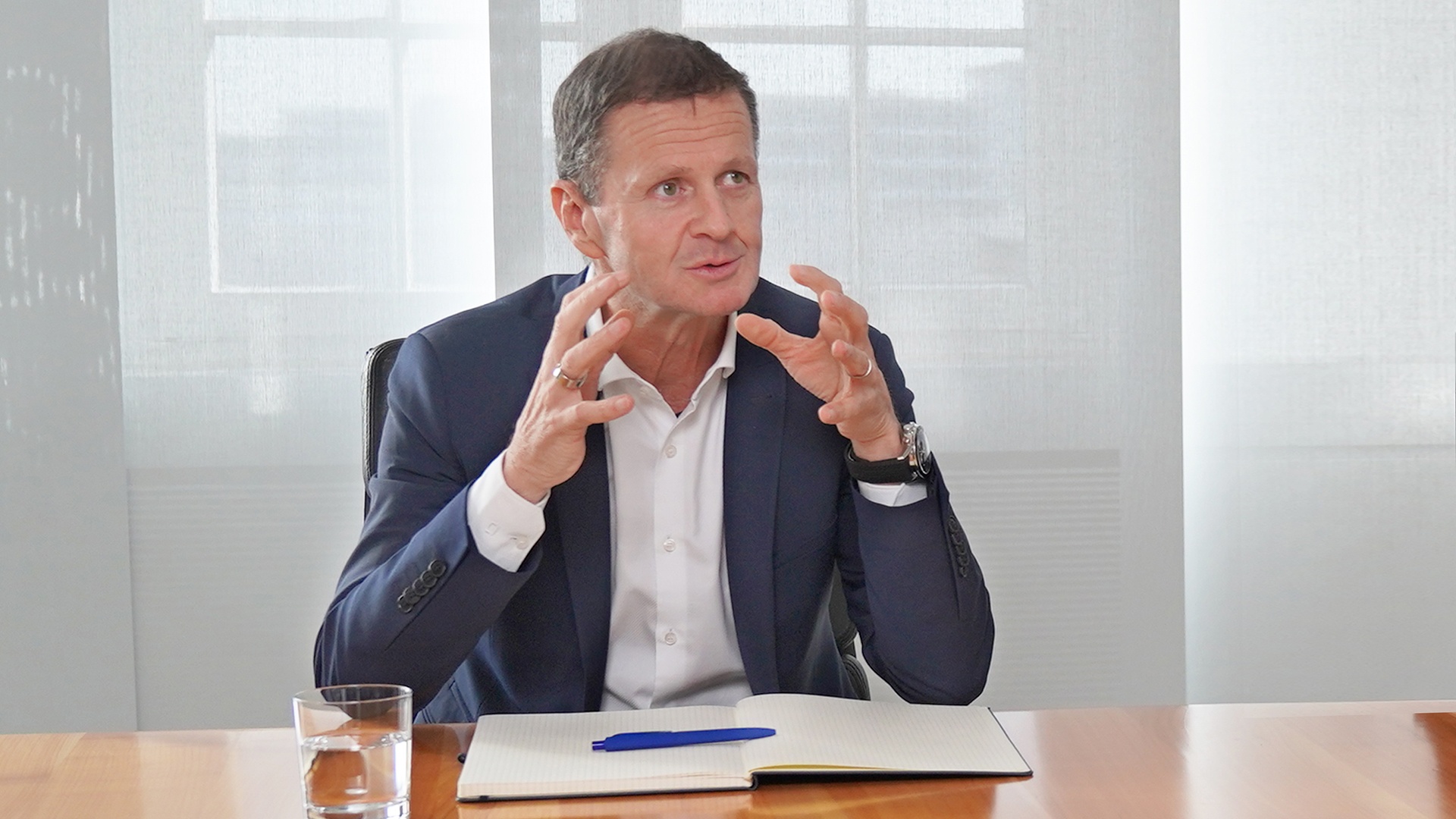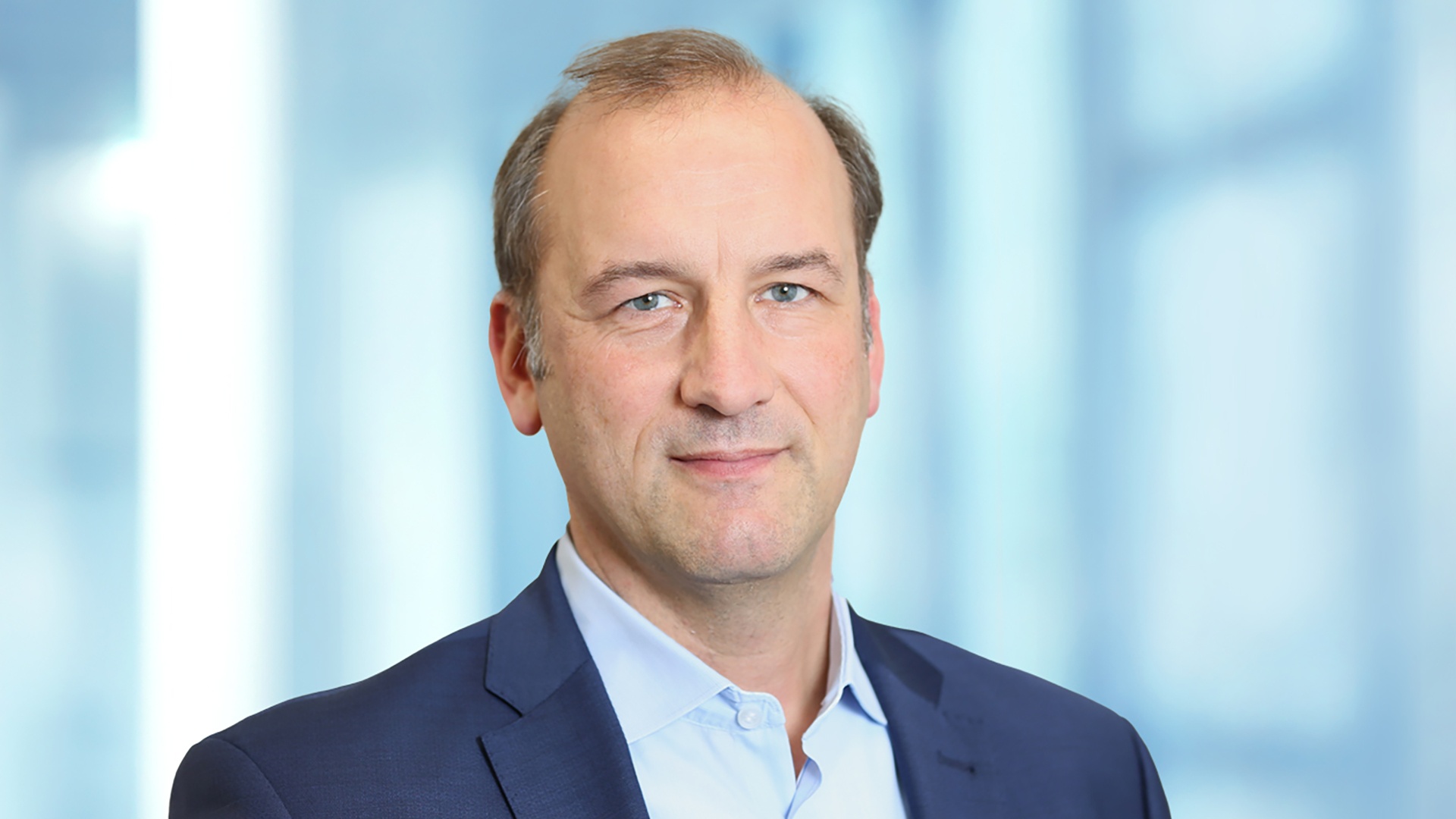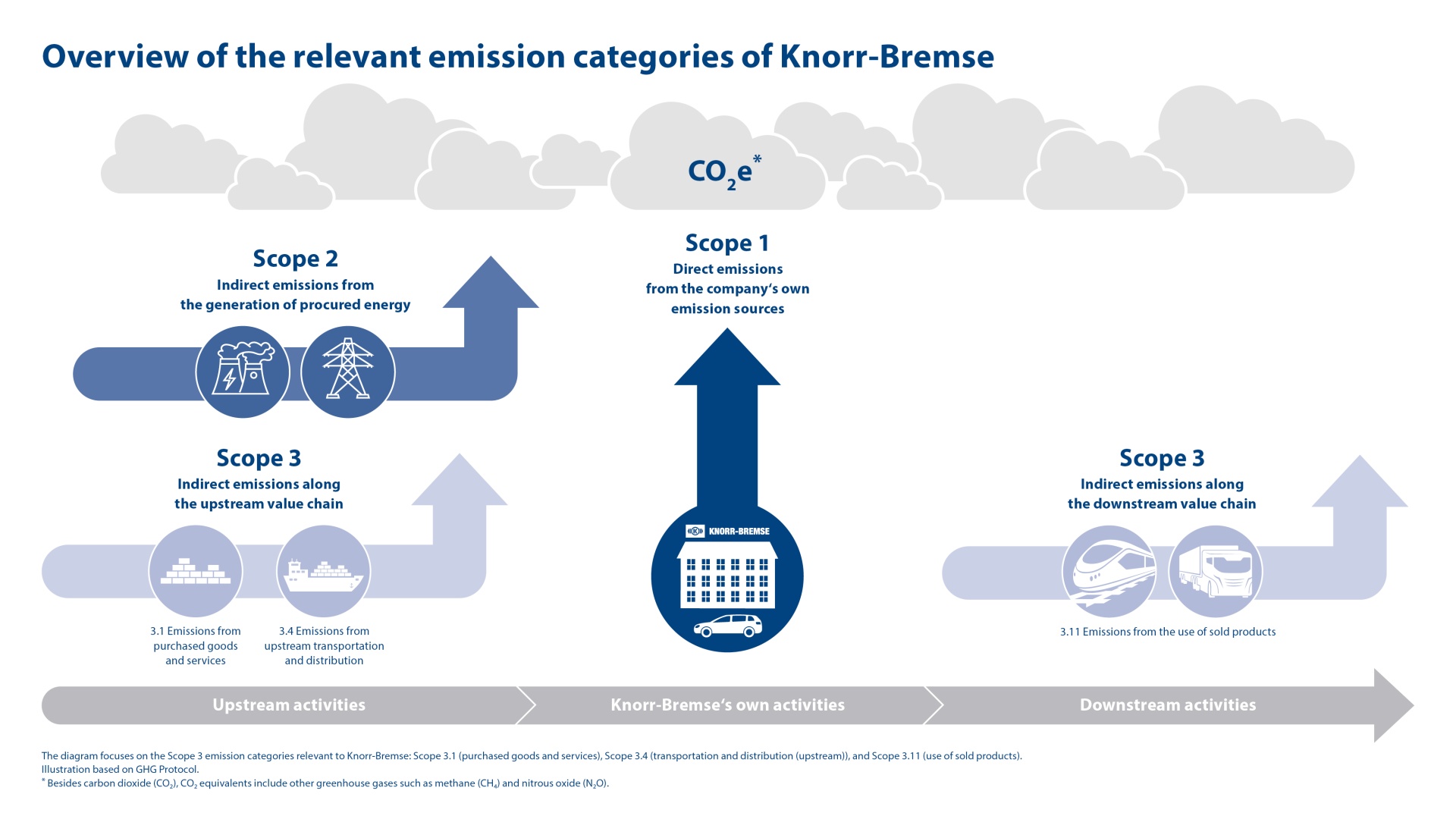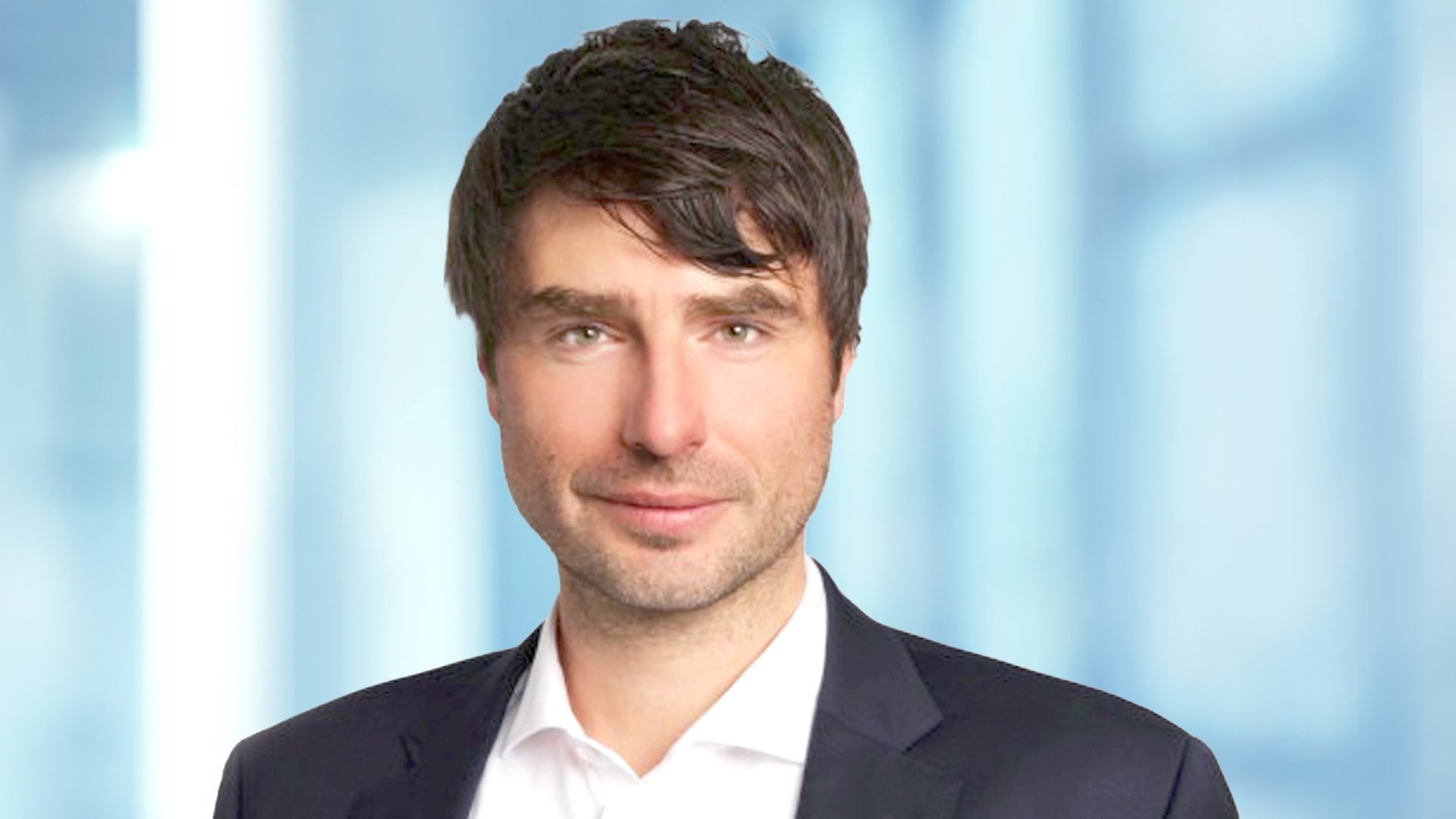The credit rating agency S&P Global Ratings, as an independent body, has thoroughly examined the framework developed by Knorr-Bremse and published a positive Second Party Opinion. Notably, the agency rates the second chosen KPI, which relates to Scope 3 emissions, as “Advanced”, as well as the planned extensive reporting process.
The sustainability targets formulated in the framework are also in line with the 2015 Paris Climate Agreement, which aims to limit the global average temperature rise to well below 2°C and pursue efforts to limit it to 1.5°C. This was confirmed in July 2023 by the independent Science Based Targets initiative (SBTi) .
From sustainability strategy to implementation: all processes are interconnected
“The tasks we need to accomplish to reach our sustainability goals are challenging and complex to implement. With our products, the mindset for innovation within the company and the broad expertise of our employees, we are determined to take a pioneering role in sustainability and green mobility for our customers. To achieve this, however, all processes must be efficiently interconnected and implemented in partnership with our customers along the value chain,” explains Marcus Hoffmann, Vice President ESG. He therefore considers it essential to maintain a coherent organizational structure and define clear areas of responsibility in order to achieve the targets. “Thanks to the ESG Board, a number of (cross-)divisional meetings and regional exchange platforms, we have the decision-makers on board and we coordinate the targets, the measures and our progress – across departments and divisions. Equally essential is that we take all our colleagues with us on this journey, identify the key sustainability issues, show how these will present significant risks in the near future, but also opportunities, and how each individual can play their part to ensure that Knorr-Bremse maintains its strong position.”




